.png)
What Is Mass Communication System and How to Get It Right?
In today’s fast-paced world, ensuring that important messages reach large groups of people swiftly and effectively is more crucial than ever. Whether it's for handling emergencies, disseminating critical information, or coordinating large-scale events, mass communication plays a pivotal role. But what exactly is mass communication, and how can you leverage modern tools to get it right? Let’s dive into the essentials.
Understanding Mass Communication
Mass communication involves the process of delivering information to a large audience through various channels. This can include traditional media like television and radio, as well as digital platforms such as social media, email, and mobile apps. The goal is to ensure that messages are distributed efficiently and reach as many people as possible.
In the context of emergency situations or critical announcements, mass communication takes on a specialized role. This is where mass notification systems come into play. These systems are designed to send alerts and updates to large groups of people quickly, ensuring that everyone receives timely and accurate information.
The Importance of Mass Notification Systems
Mass notification systems are integral to modern mass communication strategies. They are specifically designed to handle high-stress situations where rapid information dissemination is essential. Whether it’s a natural disaster, a security threat, or a significant operational update, these systems ensure that messages are delivered promptly and effectively.
Key Features of a Mass Notification System:
- Real-Time Alerts: The ability to send out messages in real-time is crucial during emergencies. A mass notification system can broadcast alerts via multiple channels such as SMS, email, voice calls, and social media, ensuring that the message reaches recipients no matter where they are.
- Automated Responses: Many systems offer automated features that can trigger alerts based on specific conditions or incidents. This automation helps in maintaining efficiency and reducing the manual effort required to manage notifications.
- Integration Capabilities: A good mass notification system integrates seamlessly with other communication tools and platforms. This ensures that alerts are consistent across different channels and that all stakeholders are informed simultaneously.
- Scalability: These systems are designed to handle notifications for large groups, making them ideal for both small-scale and large-scale communication needs.
Emergency Mass Notification Systems: A Critical Tool
In emergencies, timely and accurate communication can be a matter of life and death. An emergency mass notification system is designed to handle such high-stakes situations. It enables organizations, municipalities, and other entities to communicate critical information rapidly and effectively.
Benefits of Emergency Mass Notification Systems:
- Enhanced Safety: By providing timely updates and instructions, these systems help keep people safe during emergencies. This can include evacuation orders, safety tips, and updates on the situation.
- Coordination: During an emergency, coordination among various teams and departments is vital. An emergency mass notification system facilitates this by ensuring that all relevant parties are informed and can act accordingly.
- Feedback Mechanisms: Many systems include features that allow recipients to provide feedback or confirm receipt of messages. This helps in assessing the effectiveness of the communication and making necessary adjustments.
Choosing the Right Mass Communication App
With numerous options available, selecting the right mass communication app can be challenging. Here are some key factors to consider:
- User-Friendliness: The app should be intuitive and easy to use, ensuring that users can quickly navigate and send messages without a steep learning curve.
- Versatility: Look for an app that supports multiple communication channels, including SMS, email, push notifications, and social media. This versatility ensures that messages reach recipients through their preferred platforms.
- Customization: The ability to tailor messages and alerts to different audiences or situations is essential. Customizable templates and message formats help in creating relevant and engaging content.
- Analytics and Reporting: Effective communication requires ongoing evaluation. An app with robust analytics and reporting features allows you to track message delivery, engagement, and overall effectiveness.
- Support and Integration: Choose an app that offers reliable customer support and integrates with other tools and systems used by your organization.
Implementing a Mass Communication Strategy
Getting mass communication right involves more than just selecting the right tools. It requires a well-thought-out strategy that addresses your specific needs and goals. Here are some steps to help you get started:
- Identify Your Objectives: Determine what you need to achieve with your mass communication efforts. This could include emergency alerts, event announcements, or routine updates.
- Select the Right Tools: Based on your objectives, choose a mass notification system or mass communication app that aligns with your needs. Ensure it has the features and capabilities required for effective communication.
- Develop a Communication Plan: Create a plan outlining how and when messages will be sent, who will be responsible for managing communications, and how feedback will be handled.
- Test and Train: Regularly test your communication systems to ensure they work as expected. Provide training to users to ensure they are comfortable with the tools and processes.
- Monitor and Evaluate: Continuously monitor the performance of your communication strategy and make adjustments based on feedback and results. This helps in improving effectiveness and addressing any issues promptly.
Conclusion
Mass communication is a powerful system for managing information and ensuring that messages reach large audiences effectively. By leveraging mass notification systems and communication apps, you can enhance your ability to respond to emergencies, coordinate activities, and engage with your audience. Remember to choose the right tools, develop a clear strategy, and continuously evaluate and improve your approach. With the right setup, you can ensure that your messages are delivered accurately and timely, making a significant impact in both routine and critical situations.
Recent Blogs
What does AlertifyApp do? The Power of AlertifyApp
13 Aug, 2024
Why Do I Need an Emergency Communication System?
18 Jul, 2024
Effective Internal Communication with Alertify
01 Jun, 2024

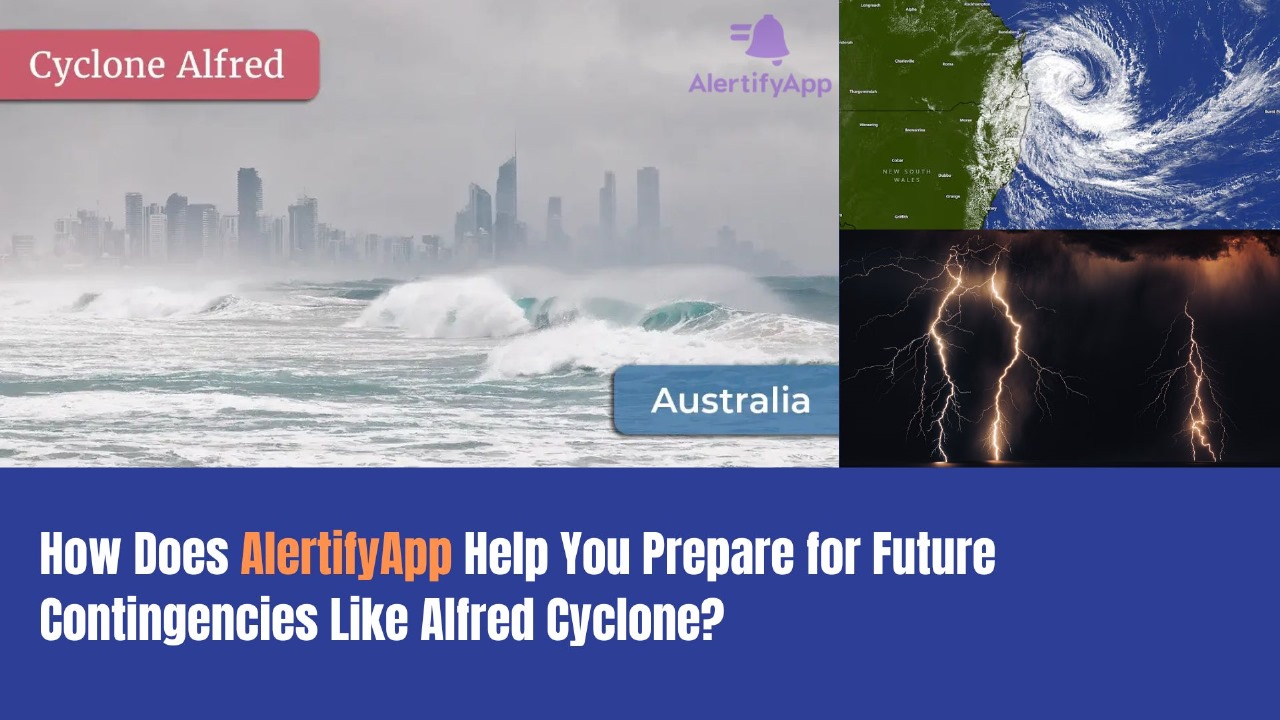
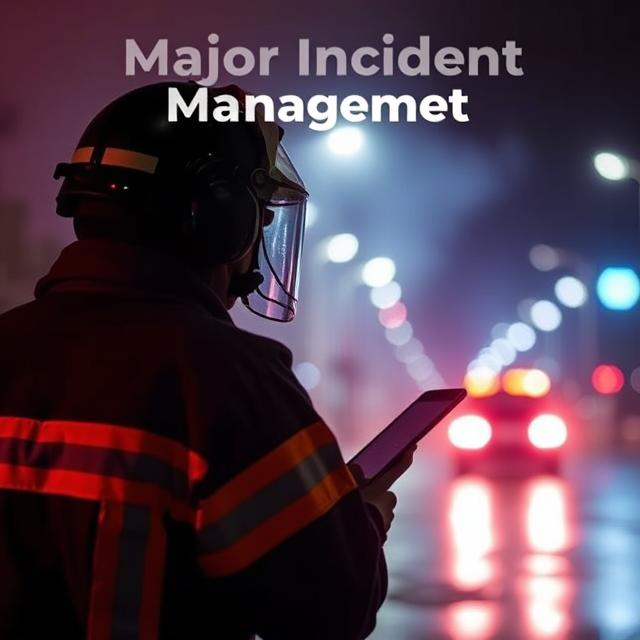
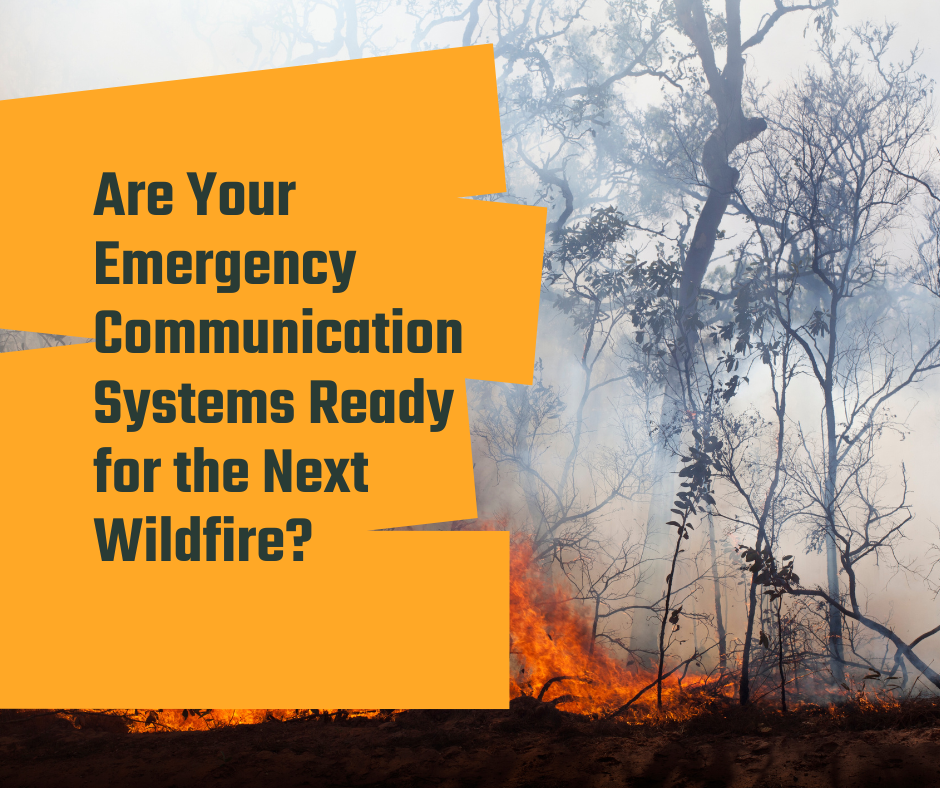
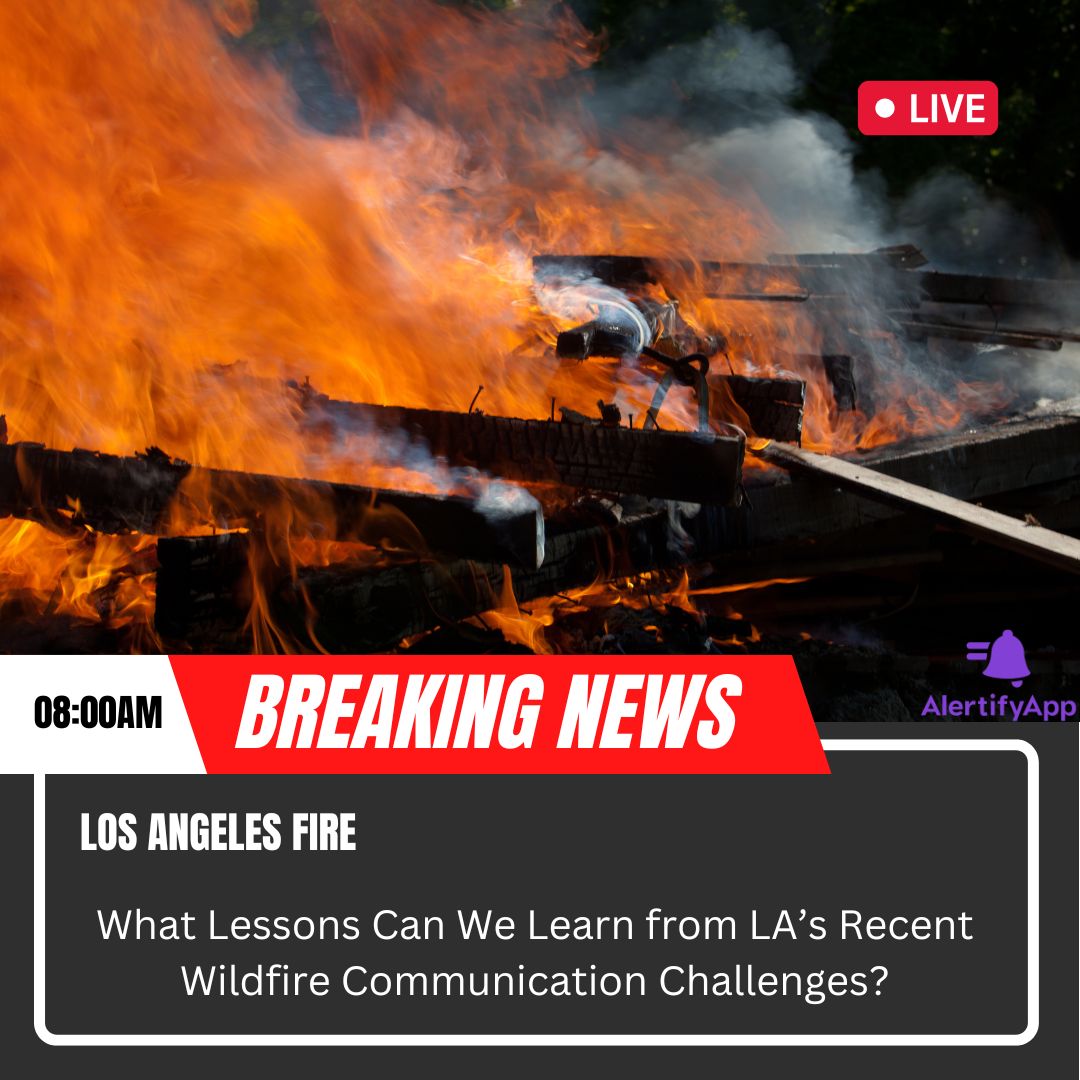

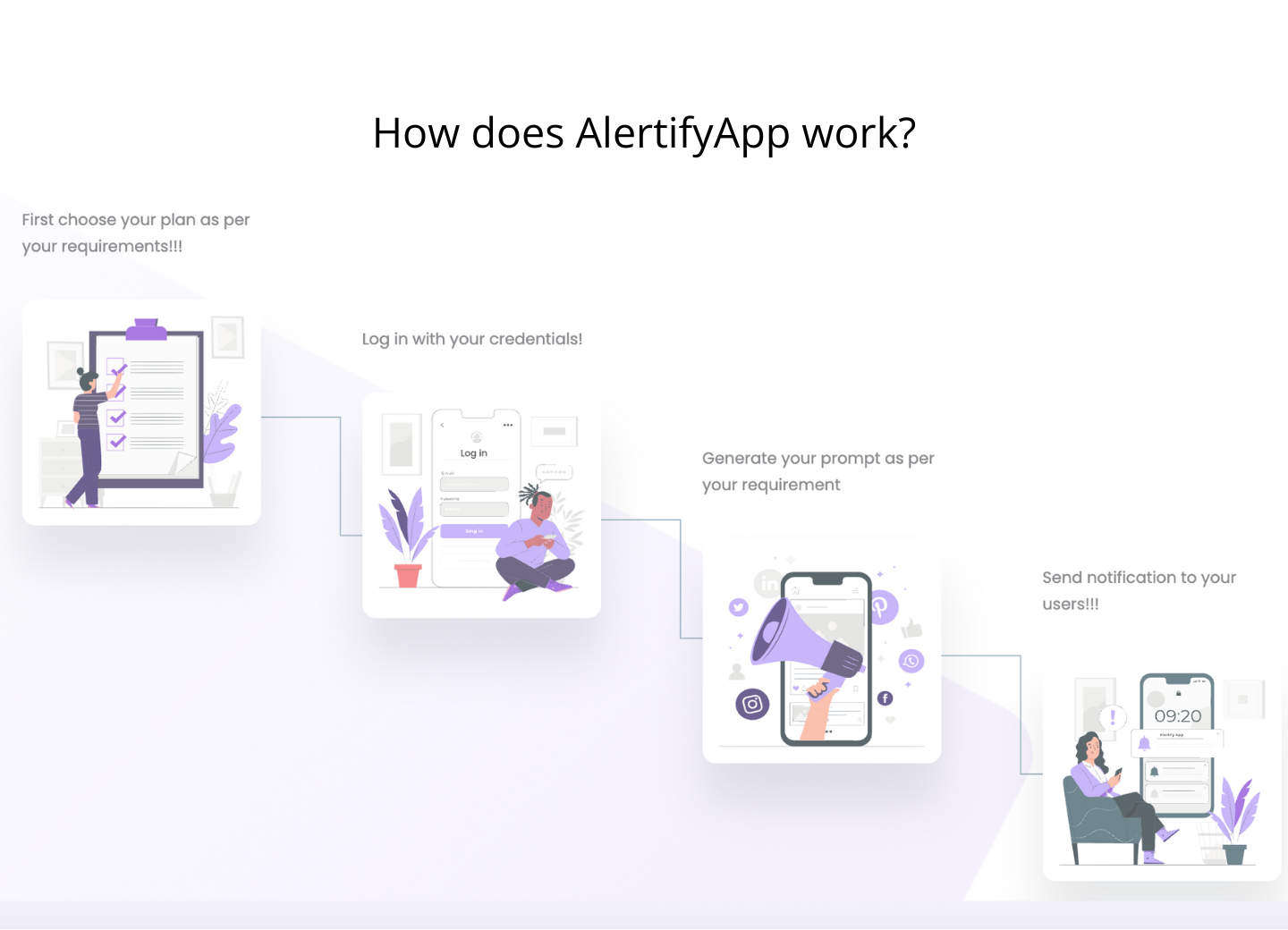
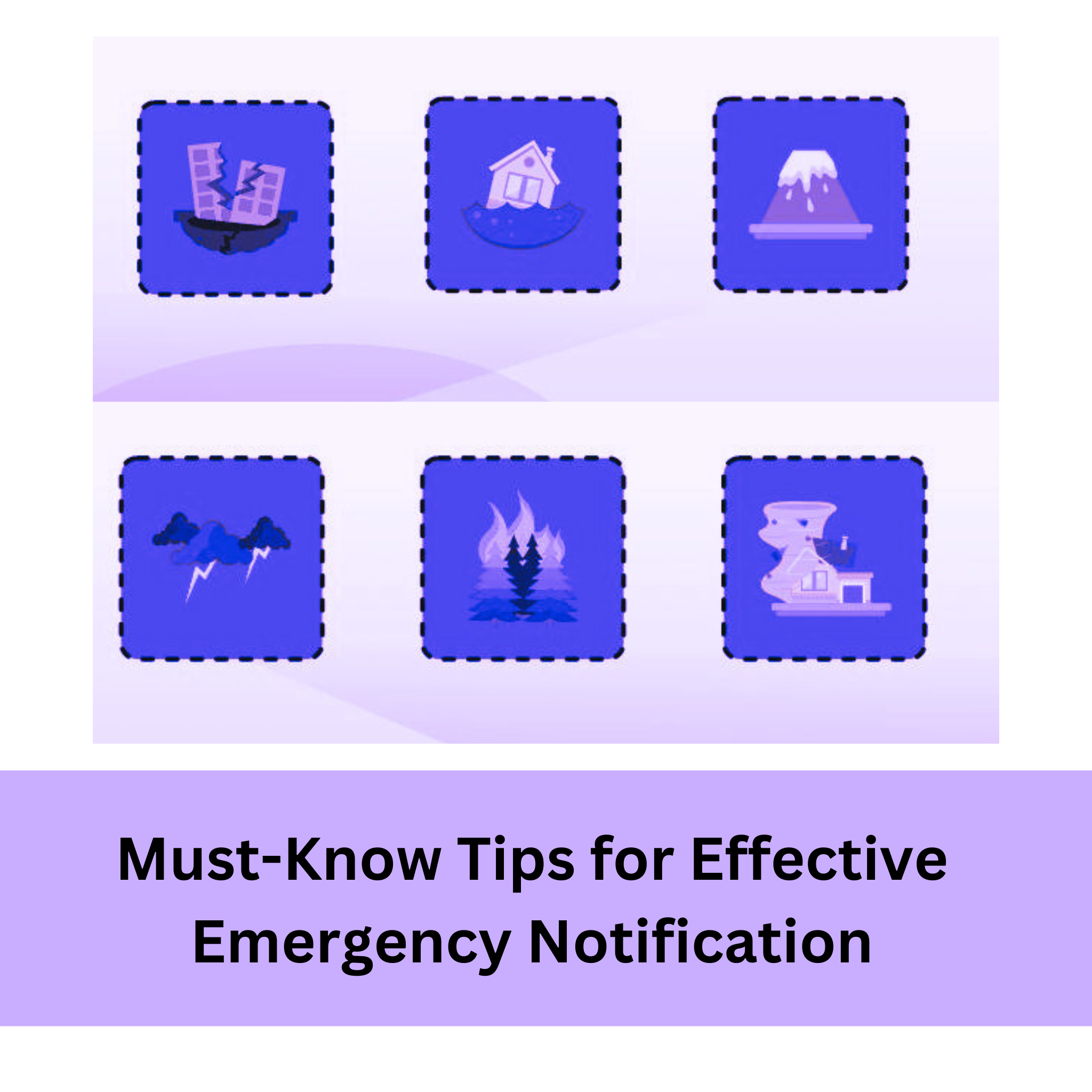
-min.png)
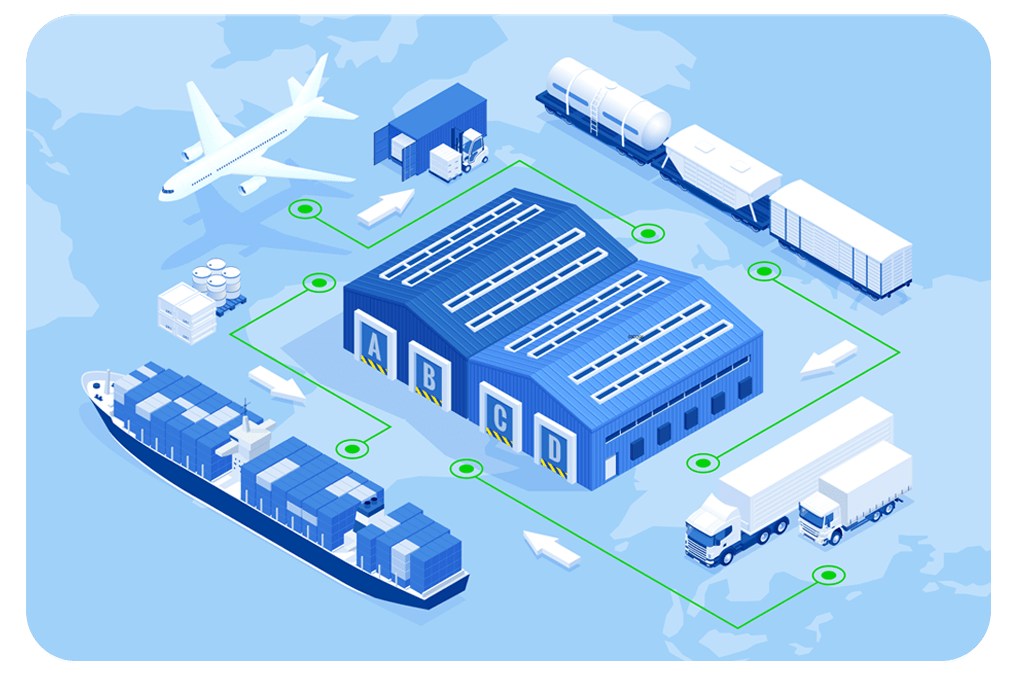

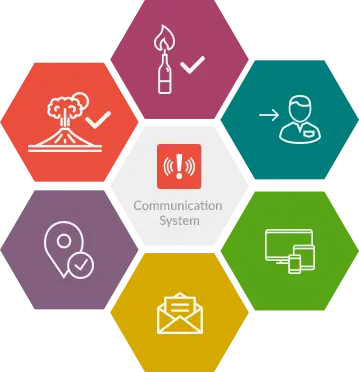
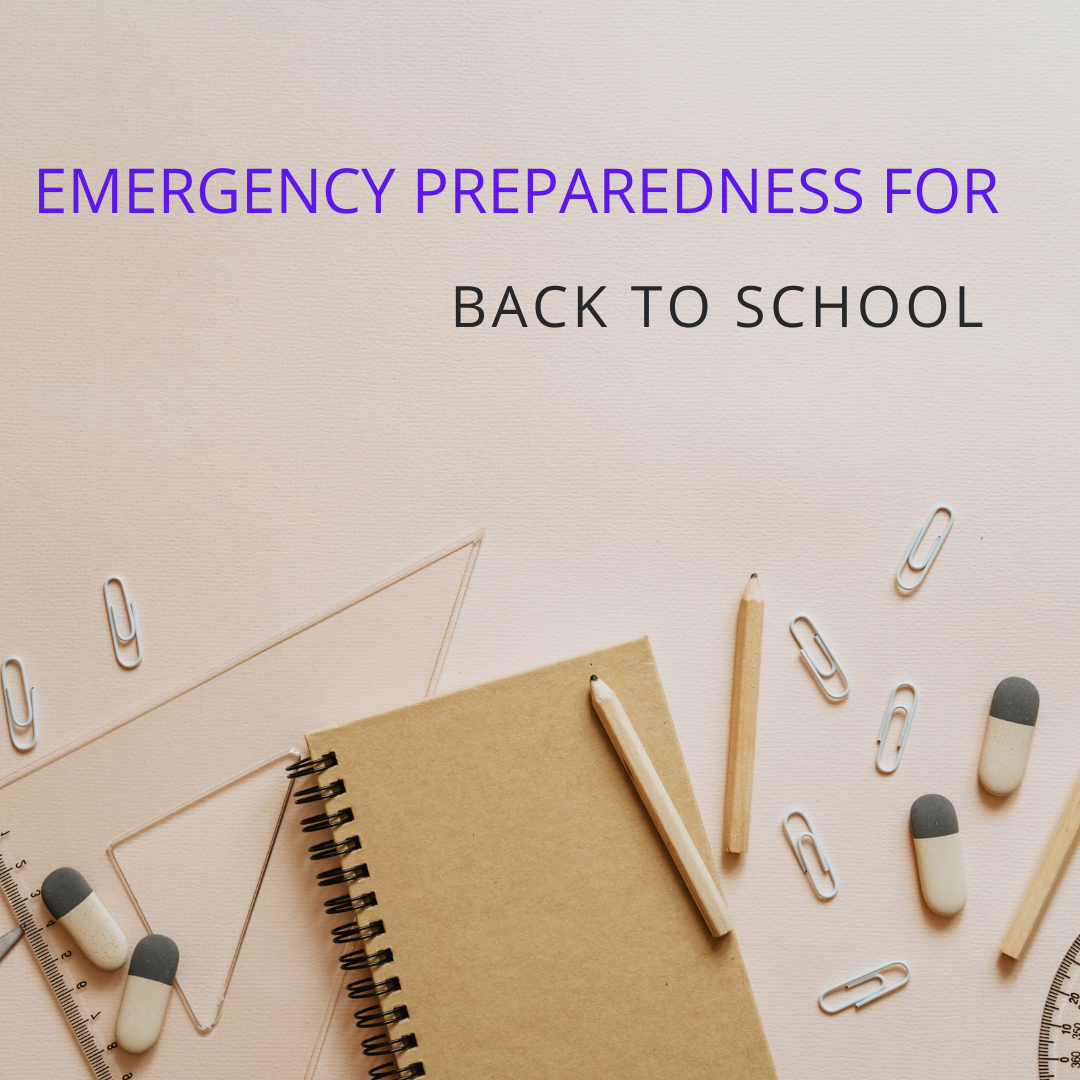
.png)
.png)
.png)

.png)
.png)
.jpg)
.jpg)

